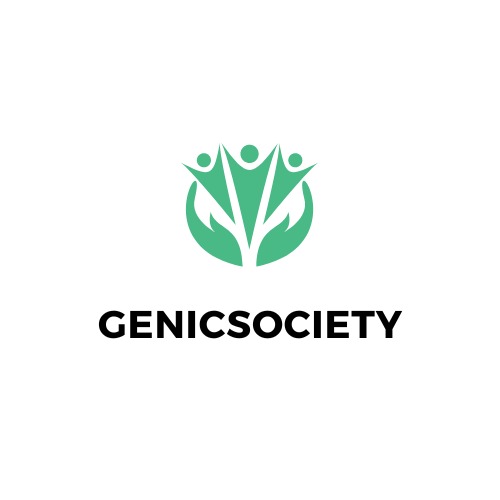Introduction: Unraveling the Essence of Organisational Resources
In the realm of management, organisational resources stand as the cornerstone of success. They encompass everything from tangible assets like finances and equipment to intangible assets such as human capital and intellectual property. Understanding the dynamics of these resources is crucial for businesses striving for sustainable growth and competitive advantage.
The Significance of Identifying and Leveraging Organisational Resources
Identifying and leveraging organisational resources efficiently can lead to enhanced productivity, innovation, and overall performance. By recognizing the value and potential of each resource, businesses can optimize their allocation and utilization strategies, ultimately driving success in the competitive landscape.
Types of Organisational Resources
1. Financial Resources
Financial resources refer to the capital available to an organization for conducting its operations, investments, and growth initiatives. These resources encompass both internal funding sources such as revenue and external sources like loans and investments.
2. Human Resources
Human resources represent the workforce within an organization, including employees at all levels, from entry-level staff to executives. These resources play a pivotal role in driving innovation, productivity, and overall organizational success.
3. Physical Resources
Physical resources include tangible assets such as infrastructure, equipment, and facilities. These resources form the backbone of operations and are essential for the production and delivery of goods and services.
4. Intellectual Resources
Intellectual resources encompass the intangible assets of an organization, including patents, trademarks, copyrights, and proprietary knowledge. These resources are critical for fostering innovation, protecting intellectual property, and gaining a competitive edge in the market.
Strategies for Optimizing Organisational Resources
1. Resource Allocation
Effective resource allocation involves distributing resources in a manner that maximizes their utility and aligns with organizational goals. By prioritizing investments and allocating resources based on strategic objectives, businesses can optimize their resource utilization and enhance performance.
2. Talent Management
Talent management focuses on attracting, retaining, and developing skilled employees to drive organizational success. By investing in training and development programs, fostering a positive work culture, and offering competitive compensation and benefits, businesses can harness the full potential of their human resources.
3. Technology Integration
Embracing technology is essential for leveraging organisational resources effectively in today’s digital age. By adopting innovative technologies such as cloud computing, data analytics, and automation, businesses can streamline operations, improve efficiency, and gain a competitive edge in the market.
Conclusion: Maximizing Potential through Organisational Resources
In conclusion, organizational resources serve as the lifeblood of any business, empowering organizations to achieve their objectives and thrive in a competitive environment. By understanding the diverse nature of these resources and implementing strategic management practices, businesses can unlock their full potential and drive sustainable growth.
FAQs (Frequently Asked Questions)
- What are organisational resources? Organisational resources encompass the tangible and intangible assets available to an organization, including financial, human, physical, and intellectual resources.
- Why are organisational resources important? Organisational resources are vital for driving productivity, innovation, and overall performance within an organization. They serve as the foundation for strategic decision-making and competitive advantage.
- How can businesses optimize their organizational resources? Businesses can optimize their organisational resources by implementing effective resource allocation strategies, investing in talent management initiatives, and embracing technology integration to streamline operations.
- What role does technology play in leveraging organisational resources? Technology plays a crucial role in leveraging organisational resources by enabling process automation, data-driven decision-making, and enhanced communication and collaboration across the organization.
-
What are the consequences of neglecting organisational resources? Neglecting organisational resources can lead to inefficiency, stagnation, and loss of competitiveness in the market. It can hinder innovation, productivity, and overall organizational performance.
